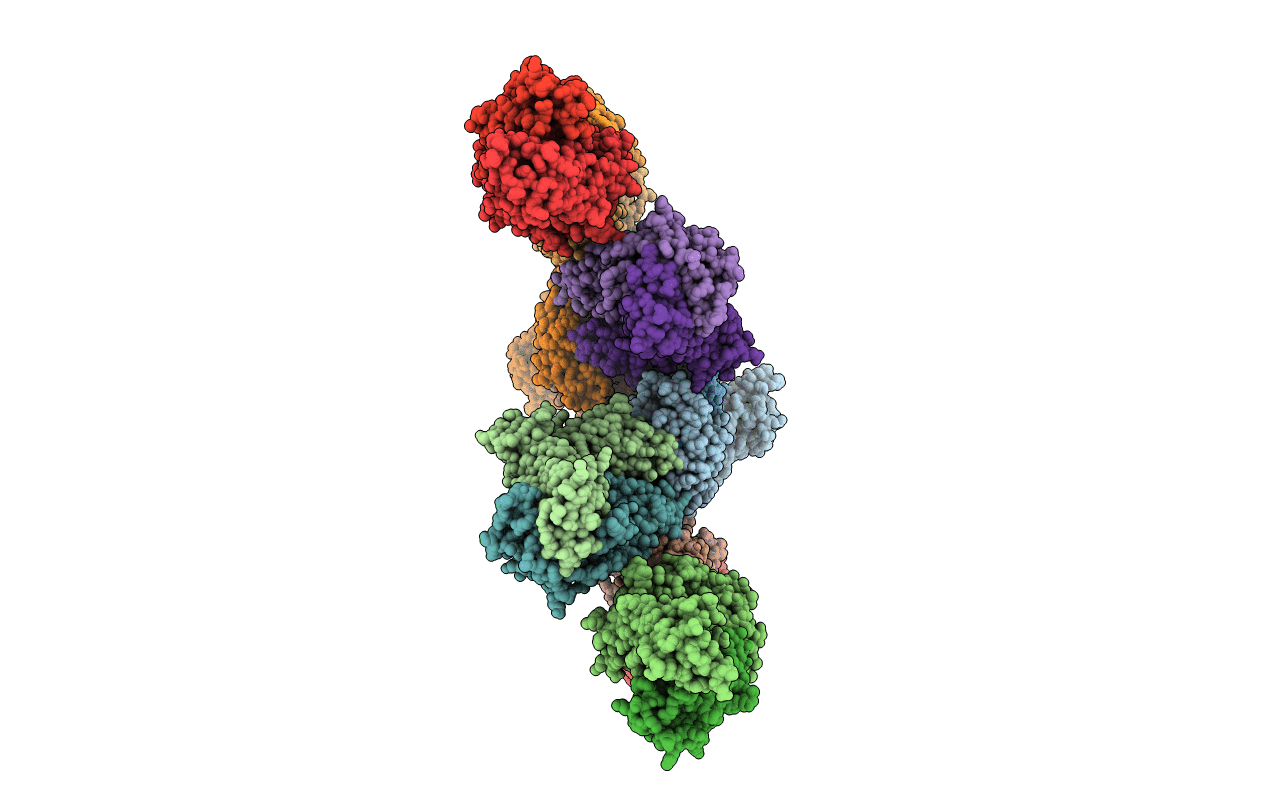
Deposition Date
2017-06-04
Release Date
2017-10-04
Last Version Date
2024-11-06
Entry Detail
Biological Source:
Source Organism:
Homo sapiens (Taxon ID: 9606)
Human herpesvirus 5 strain AD169 (Taxon ID: 10360)
Human herpesvirus 5 strain AD169 (Taxon ID: 10360)
Host Organism:
Method Details:
Experimental Method:
Resolution:
3.31 Å
R-Value Free:
0.26
R-Value Work:
0.22
R-Value Observed:
0.22
Space Group:
P 21 21 21


